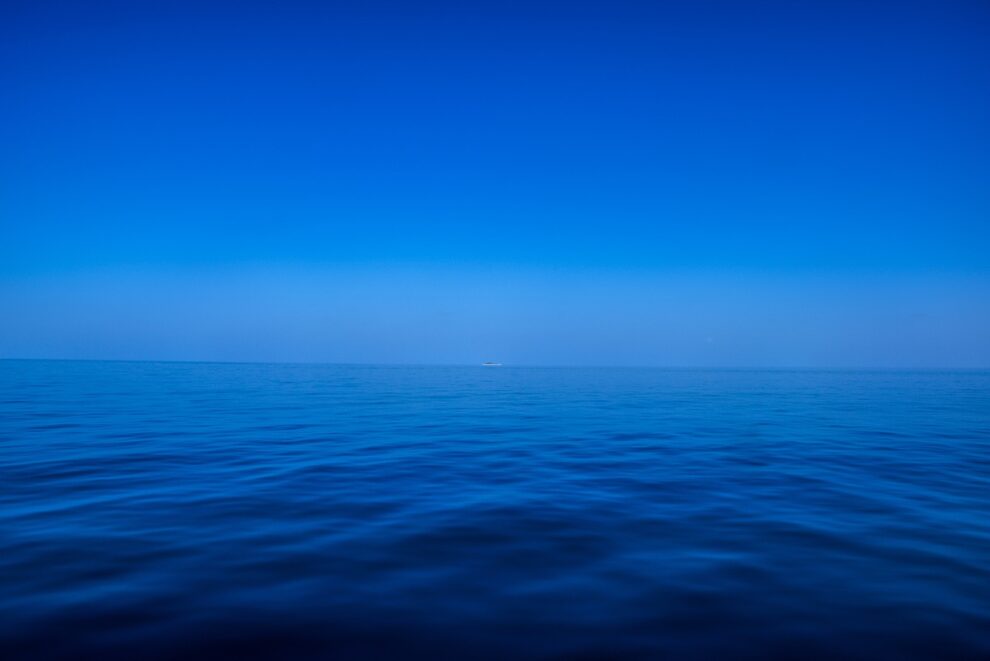A team of Indian scientists has identified the cause behind the expansive “gravity hole” in the Indian Ocean, spanning over three million square kilometers. Referred to as the Indian Ocean geoid low (IOGL), this gravitational anomaly features lower gravity than average, resulting in a sea level approximately 106 meters lower than the global average.
Published in Geophysical Research Letters, a study reveals that the IOGL is a result of a mass deficit within the Earth’s mantle beneath the Indian Ocean. Scientists from the Indian Institute of Science (IISc) in Bangalore reconstructed the plate tectonic movements over the past 140 million years and utilized computer simulations to trace the origin of the “gravity hole.”
Their findings indicate that certain sections of tectonic plates have submerged through the mantle beneath Africa, generating plumes from under the Indian Ocean. The scientists state in the study, “Here we assimilate plate reconstruction in global mantle convection models starting from 140 Ma and show that sinking Tethyan slabs perturbed the African Large Low Shear Velocity province and generated plumes beneath the Indian Ocean, which led to the formation of this negative geoid anomaly.”
They further explain that the interaction of these processes beneath the Indian Ocean played a crucial role in determining the position and shape of the IOGL. The study’s lead author, Debanjan Pal, and Attreyee Ghosh from IISc state, “These plumes, along with the mantle structure in the vicinity of the geoid low, are responsible for the formation of this negative geoid anomaly.”
According to the scientists, the IOGL likely assumed its present shape approximately 20 million years ago when the plumes began spreading within the upper mantle. The anomaly is expected to persist as long as there is continuous flow of mantle material.
Pal, quoted in Scientific American, noted, “When the temperature anomalies causing this low geoid shift out of the present-day location, the geoid low will start to dissipate.”
